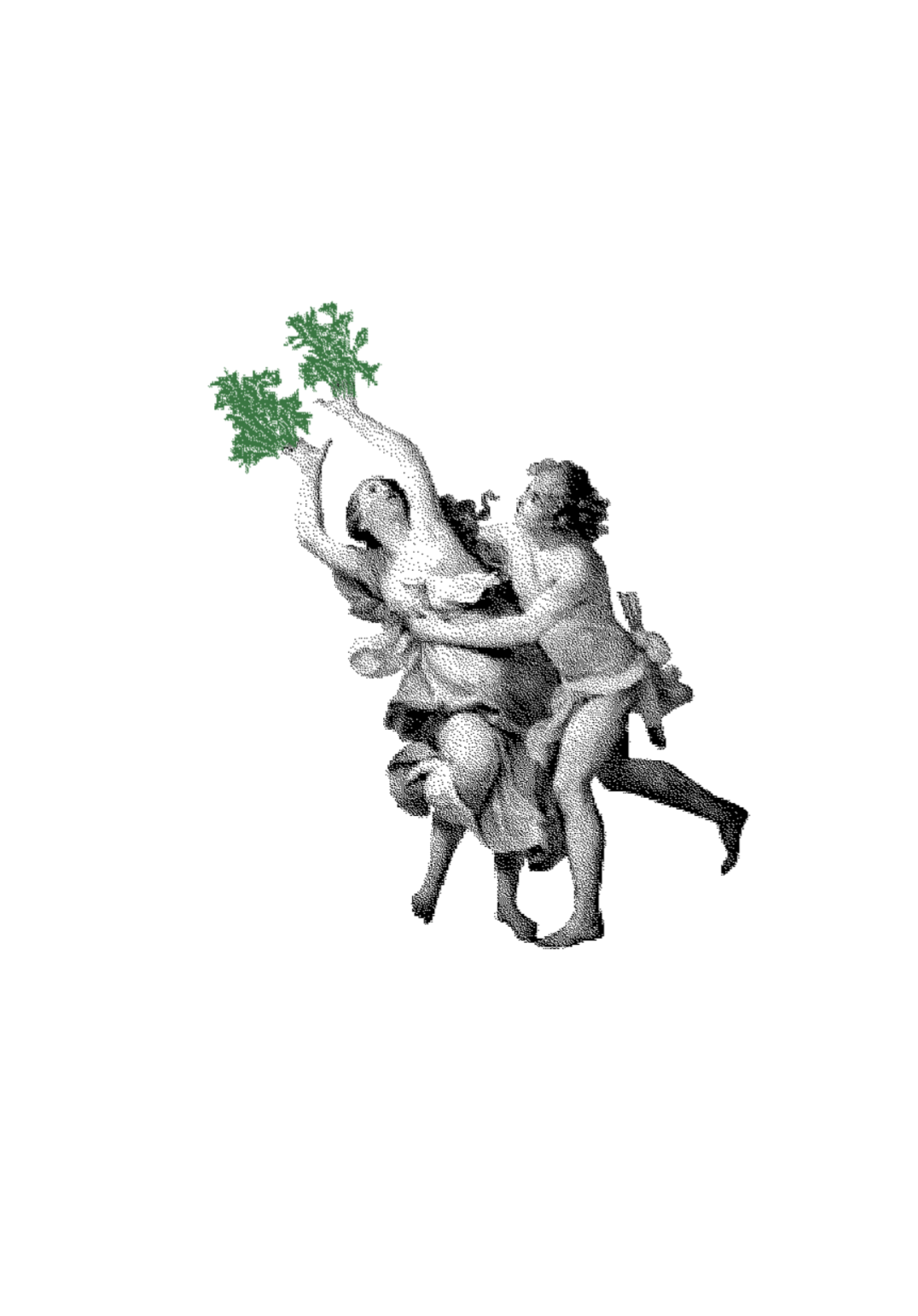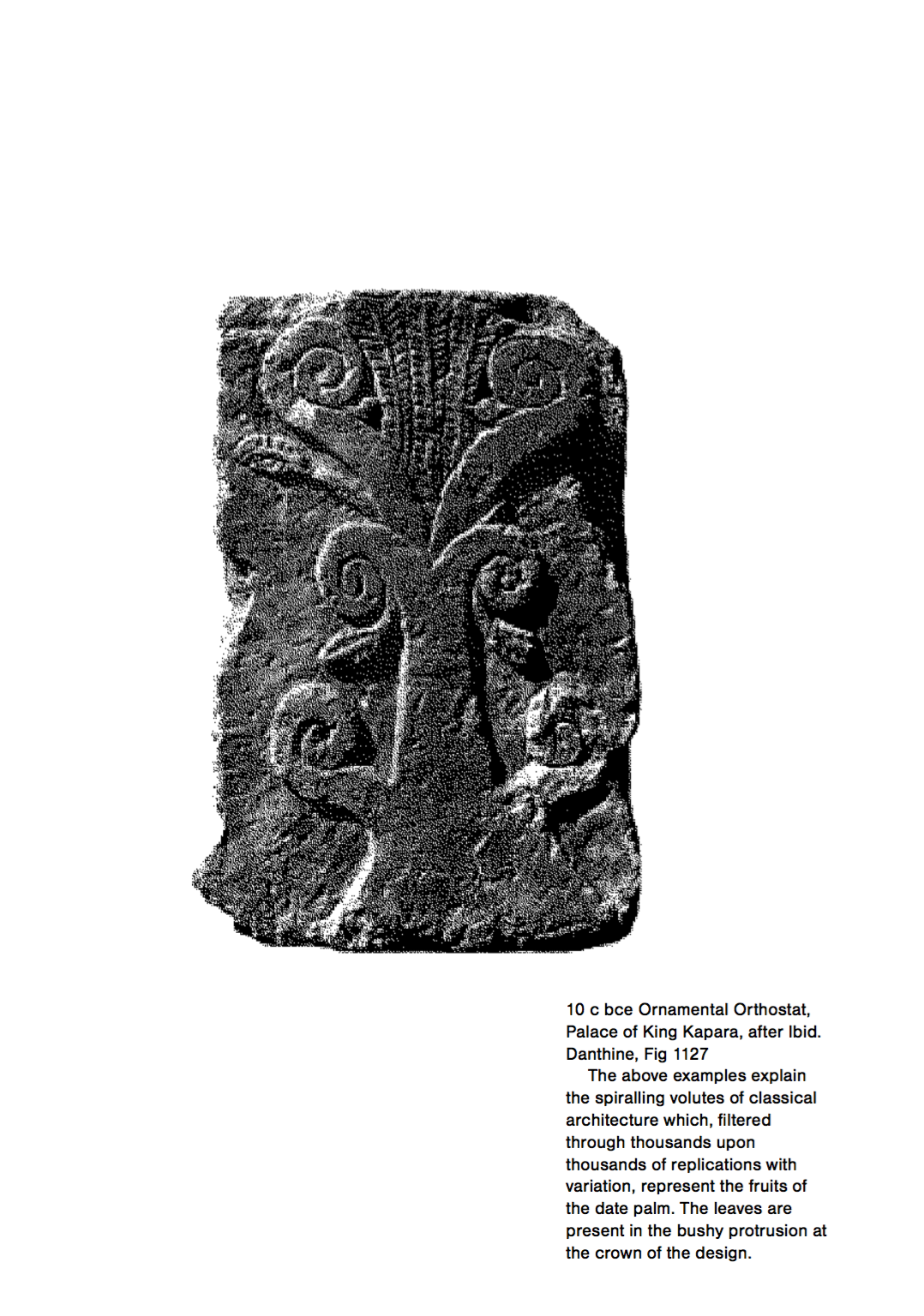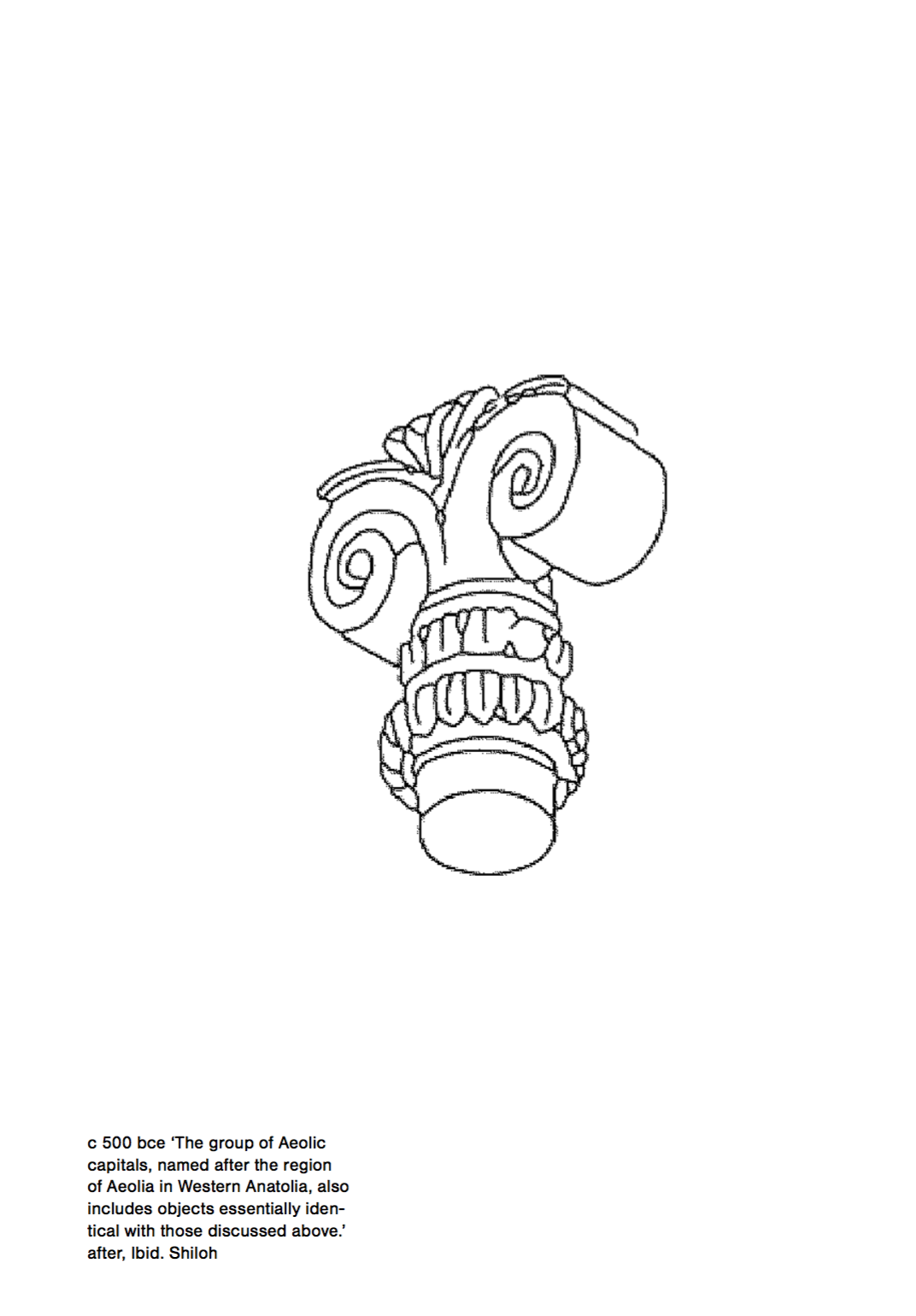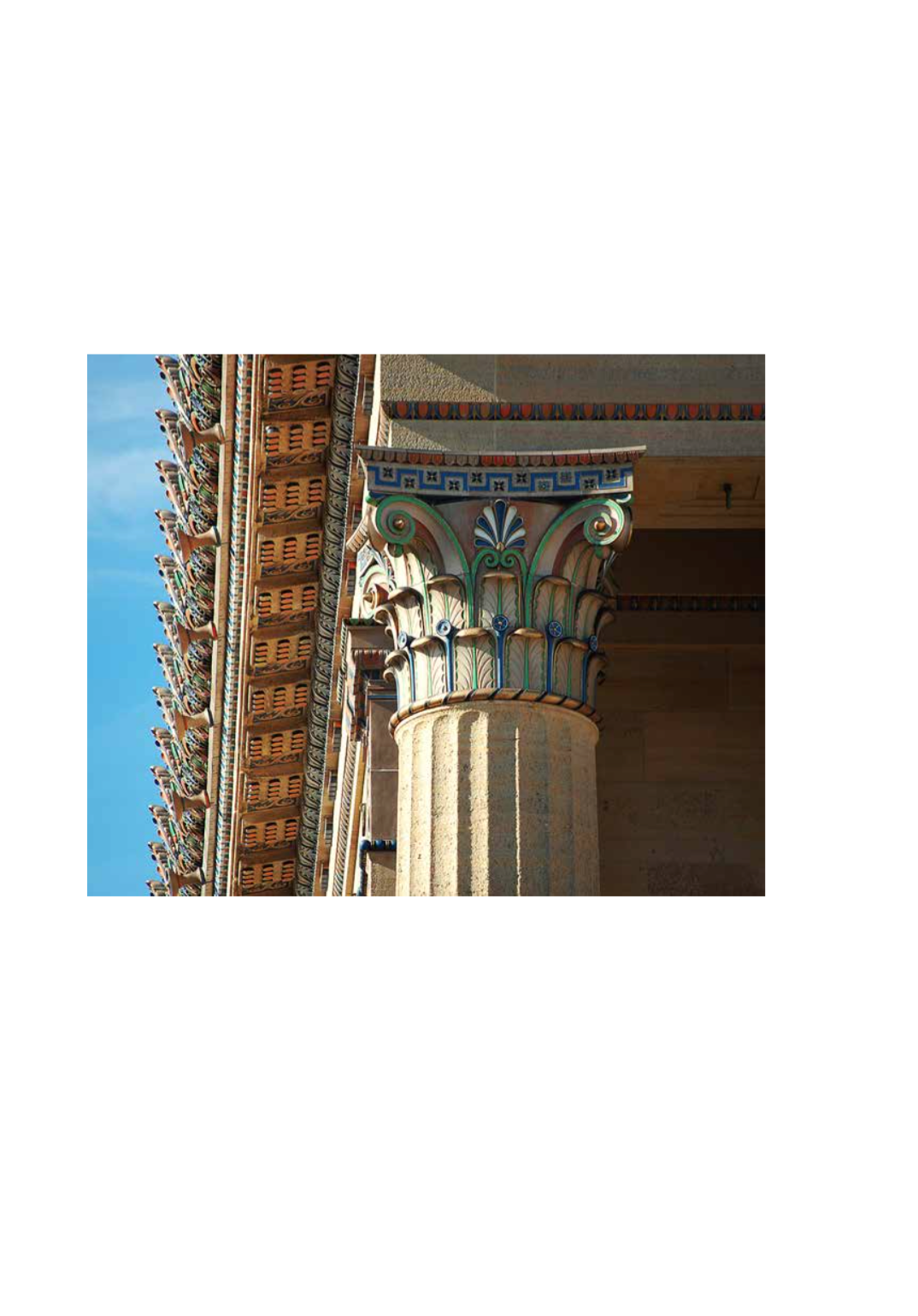
Cultural Epigenetics
Cultural Epigenetics is an exciting new field of comparative cultural anthropology. It explores the direct relationships between the environment and our biology.
Epigenetics is the science of cell memory. The epigenome are a series of chemical tags that sit above ‘epi’ the genes and regulate cell reproduction. This process is demonstrated in seasonally flowering plants that respond to the temperature of the climate. When the climate dictates, the epigenome of a seasonally flowering plant such as thale cress will slowly turn the blocking protein that prevents flowering off. This is how trees and plants know when to flower at the same time each year.
The process of cell memory exhibited in plants also operates in animals such as humans. While one inherits ones epigenome from previous generations however, one only inherits a propensity or likelihood for certain forms of cell reproduction. That cyclical patterns can be shown to replicate over time does not mean that they are inevitable.
Investigating epigenetics as part of my research into Far Right extremism in 2017, I developed a series of observations about the ways in which human culture changes and mutates, but also repeats in demonstrable patterns over time. In concluding my research I developed the idea of Cultural Epigenetics only to find, in perfect form, that the evolutionary theorist and geneticist Eva Jablonka had written a paper of the same name in 2017. Here is my presentation at the Center for Theoretical Studies in Prague (2022) addressing Jablonka’s work on the subject.
The entry point that I established in order to explore and discuss cultural epigenetics was also tied up with my work around Far Right extremism and conspiracy theory. Here is my public discussion with artist Alice Creischer on The Viral Infection of Political Extremism and White Supremacist Democracies at Hopscotch Reading Room Berlin (2022). The author and journalist Jared Yates Sexton has said that conspiracy theory spiritualises neo-liberalism. It adds an air of excitement, intrigue and passion to the banal evil of exploitative, racist white supremacist capitalism. As such, I would add, conspiracy theories or rather conspiracy theorists should be taken seriously not for their antisemitic assertions, but as persons whose convictions may one day change the course of history through violent acts.
Therefore, I began my inquiry into patterns of cultural expression over historical time with a critical, one might say anti-colonial approach. An approach that would allow me to dig deeply into religious and cult symbolism without attempting the arrogant task of claiming to be able to assert the truths of such archetypes throughout the myriad of their socio-cultural performativity.
I began with a simple question: why do churches and other buildings of power display floral, plant motifs wrought into the highest order of Corinthian architectural detailing? Such plant motifs are derived from polytheistic so called pagan periods of religious belief surely, and have no business in the monotheistic houses of worship to Christ?
With the help of a Jesuit Priest in Rome, I discovered that the capitals of the Corinthian order are in fact ‘riddles in stone’ as the conspiracy theorists would have it, only not in the ways that they would expect. For example the incredibly prolific acanthas leaves displayed here (and all over classical and neo-classical architecture more widely), are claimed to have stemmed from the grave of a dead woman. Yet this is demonstrably false - the woman was a rebellious one, namely, Acantha, a nymph to the Greek god Apollo who has been silenced over time by the patriarchy.
Above, the God Apollo metamorphosises Acantha into the acanthas plant for resisting his advances.
Delving deeper into historical time and across linguistic barriers, there lurked an even more astounding form of cultural erasure or ‘silencing’. In The Sacred Date Palm by Héléne Danthine (1935) it is irrefutably proven that the capitals of the Corinthian order are in fact directly derived from the Sacred Date Palms worshiped as far back at the tenth millennium, probably earlier.
Above, details from my book Ricochet, Cultural Epigenetics and the Philosophy of Change developed with the artist Jørn Aargaard.
As it transpired the use of sacred date palms can be found throughout religions and cults of secrecy across time. One might be tempted to refer to this is a form of cultural evolution, the passing of one cultural expression into a new species of expression. In order to qualify the data I had discovered as cultural epigenetics I would have needed a resurgence of the palm tree itself, creating a 12,000 year cycle. A decorative metal palm tree for example such as the pair of public artworks comissioned by and installed at the German Secret Service headquarters in Berlin, 2016.
To conclude this brief introduction to the world of Cultural Epigenetics as I understand it, it is perhaps worth considering certain kinds of monumental sculpture that share the motifs of classical and neo-classical architecture. Statues that until recently adorned the central public squares of the cities of the Global North and its colonies. These statues served to remind the colonised of their subservient social class position as was the intention of their creators.
The study of causation between our environment and the genes we humans pass on to the next generation through epigenetic tags, is still very young. It is easier to map in plants while patterns found in the study of larger organisms such as humans are often inconclusive. Nonetheless abusive relationships during childhood have been shown to affect a person’s cell behaviour with consequences in later life and it is epigenetic silencing or activation that carries that abuse into the body’s cells. In this sense my work here attempts to make clear specific mechanisms of cultural hegemony which have consequences for the manner in which the urban environment is re-imagined by future and current generations. If monuments to genocidal white supremacist slave holders have been removed in the name of alleviating the ongoing trauma that they impose(d) upon the urban sphere, might we not also understand this process as society acting to intervene in its own cultural epigenome?
Ricochet on Ljå Forlag, is a work of history, art and biology that is explained in detail through over 100 graphic elements developed with the artist Jørn Aargaard. It is 304 pages, full colour and offset printed including sources from contemporary and ancient historical records. Among other culturally silenced artefacts, it connects the history of the sacred date palm tree from the tenth millennium to the German Secret Service building of 2016.
ORDER RICOCHET HERE







